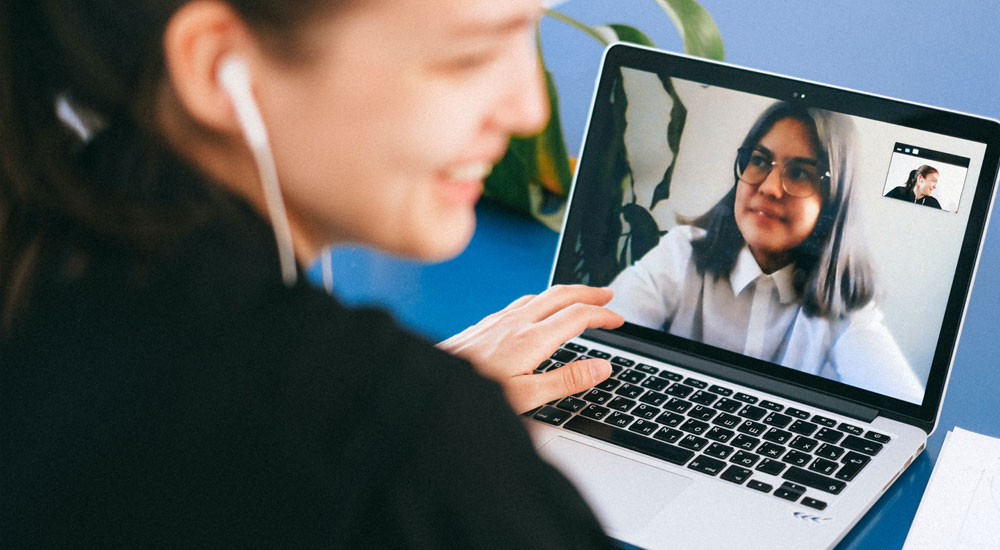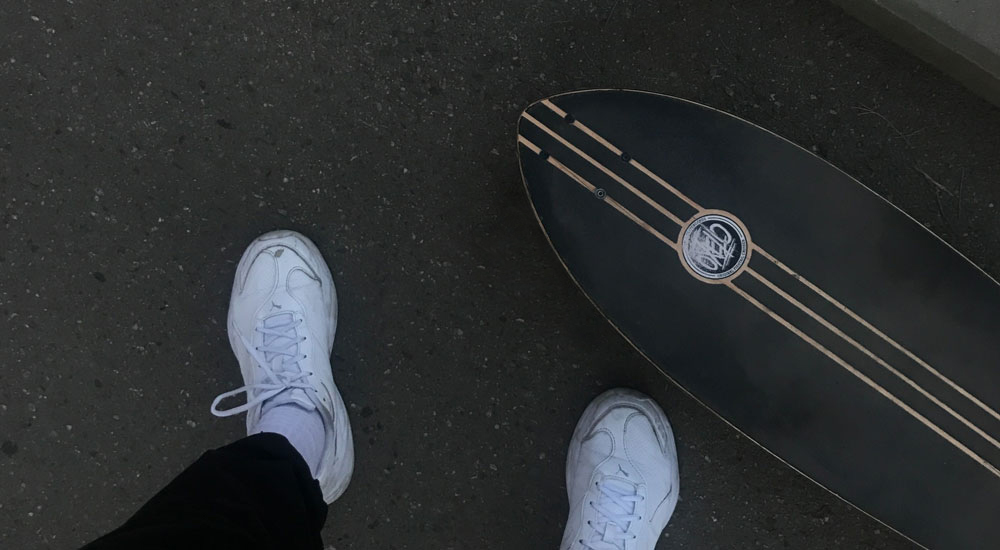October 21: Happy “Back to the Future Day”
Back to the Future: A Glimpse into the Future of Technology
October 21: “Back to the Future Day”. “Back to the Future,” directed by Robert Zemeckis and released in 1985, is a beloved science fiction film that took audiences on a time-traveling adventure. Beyond its entertaining storyline and memorable characters, the movie also offered a glimpse into the future of technology. While some of the futuristic gadgets portrayed in the film seemed far-fetched at the time, many of them have become a reality today, and others still remain the stuff of dreams. In this blog post, we’ll explore some of the products featured in the movie and how they compare to the technology we have today or wish we had.
1. Hoverboards: From Fiction to Reality
One of the most iconic futuristic products showcased in “Back to the Future Part II” was the hoverboard, a levitating skateboard used by Marty McFly. While the hoverboards in the film seemed like pure science fiction, there has been significant progress in hoverboard technology. Today, we have hoverboards with self-balancing capabilities and electric skateboards with impressive mobility. However, true levitation technology similar to what’s depicted in the movie remains a challenge, but it hasn’t stopped researchers and innovators from pursuing the dream of a real hoverboard.

2. Video Conferencing: A Commonplace Reality
In “Back to the Future Part II,” we see characters communicating through video calls on large screens. This futuristic concept has become an everyday reality in the form of video conferencing platforms like Zoom, Skype, and FaceTime. Especially in the wake of the COVID-19 pandemic, video conferencing has become an indispensable tool for remote work, education, and social interactions, bringing people together across great distances, just like in the movie.
3. Wearable Technology: Inspired by the Future
The film also featured Marty’s self-lacing Nike sneakers, which seemed like a sci-fi fantasy in the ’80s. However, today, Nike has released self-lacing sneakers, like the Nike Adapt BB, which use technology to adjust the fit of the shoe to the wearer’s preference. Furthermore, the concept of wearable technology has expanded with the advent of smartwatches, fitness trackers, and augmented reality glasses, making technology a part of our daily attire just as “Back to the Future” predicted.
Conclusion:
“Back to the Future” may have been a product of the ’80s, but its vision of the future still captivates us today. While we may not have flying cars or time-traveling DeLoreans, the movie’s portrayal of technology has, in many ways, become a reality. From hoverboards to video conferencing and wearable tech, the film has inspired and influenced the development of products that have transformed our lives. As we, product developers, continue to innovate, it’s exciting to think about what other futuristic inventions we might soon see become a part of our everyday reality. So, as we look back at “Back to the Future,” we also look forward to the exciting tech-filled future it envisioned. In a few years, we’ll be celebrating the 40th anniversary of the movie hitting theaters, WOW: Happy “Back to the Future Day!

Recent Comments